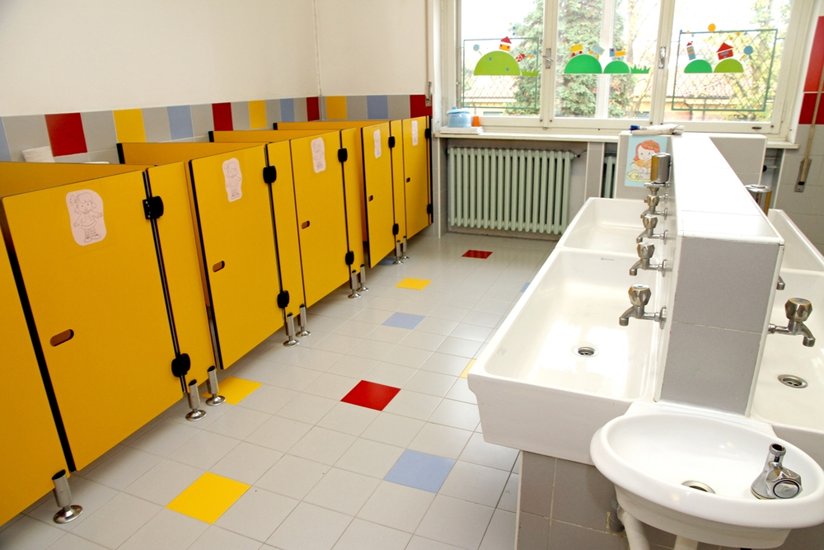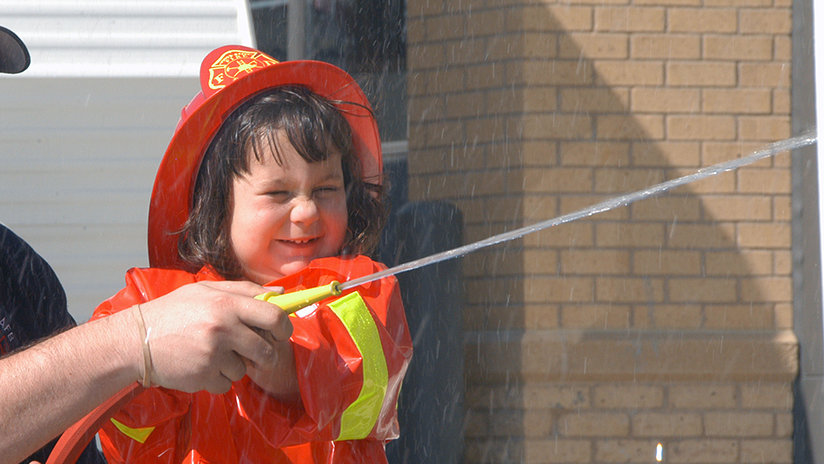
-
HOME
-
WHAT IS STANDOur Mission Our Values Our Help Contact
-
WHAT WE FIGHT FORReligious Freedom Religious Literacy Equality & Human Rights Inclusion & Respect Free Speech Responsible Journalism Corporate Accountability
-
RESOURCESExpert Studies Landmark Decisions White Papers FAQs David Miscavige Religious Freedom Resource Center Freedom of Religion & Human Rights Topic Index Priest-Penitent Privilege Islamophobia
-
HATE MONITORBiased Media Propagandists Hatemongers False Experts Hate Monitor Blog
-
NEWSROOMNews Media Watch Videos Blog
-
TAKE ACTIONCombat Hate & Discrimination Champion Freedom of Religion Demand Accountability
The Swastika in the Bathroom
You walk into the bathroom and a large, black graffitied swastika greets you. It’s big, it’s ugly and it exudes an almost living presence, defying you to respond in some way. You’re 11 years old, you have fifteen minutes to get back to class, you’re in a new school, you just started making friends, and you don’t want to rock the boat.
What do you do?
Well, up until now, not much. Two years ago, Nora Flanagan’s fifth-grade son found himself in a similar situation. When Nora, herself a teacher in the Chicago public school system, asked her son if she should report it, he replied with an emphatic “no.”

With white supremacy and hate on the rise, schools—yes, even elementary schools—have become open prey for recruitment by white pride and other hate groups. Nora decided to do something about it. She co-authored a “toolkit” to prepare grown-ups and kids alike and show them how to recognize and fight bigotry in school. The booklet, titled Confronting White Nationalism in Schools: A Toolkit, came out earlier this year, published by the nonprofit group Western States Center.
As school incidents against Jews, Muslims and African Americans have ramped up since 2017, so too has the need for counter-measures, with, up until now, no tools to handle the scene.
“It can’t just be something that gets kicked up to the school administration to handle and then be done with,” Nora observed.
When Nora Flanagan’s son told her about the swastika in the bathroom, but didn’t want her to report it, she worked out a deal with him instead.
See a hate-infused flyer over the toilet? Confronted by a bigot bully between classes? Told by your kid that he or she is going to attend a meeting about “white pride” after school? These and many other scenarios are covered in the toolkit.
The nomenclature of hate no longer is confined to smears and sneers. There are hand signals, memes, codes and characters that adults are slow on the uptake to comprehend. The toolkit offers explanations of the new iconography of hate, as well as categorizing the forms that incidents can take: anonymous symbols such as bathroom graffiti, overt action such as organizing white nationalist meetings, and more. Each category has its own how-to for students, parents and educators in simple, confrontable steps.
The Western States Center has distributed over 1,400 free copies of the toolkit throughout the U.S. and abroad.
When Nora Flanagan’s son told her about the swastika in the bathroom, but didn’t want her to report it, she worked out a deal with him instead. She taught him how to remove Sharpie with an alcohol pad, and each day he would wipe off each new swastika as it appeared.
With the “toolkit,” Nora hopes, swastikas and all other forms of hate, in symbol, word and deed will also ultimately be wiped out.
So do I.
What a lovely world this would be if we could simply wipe away all forms and expressions of bigotry, suspicion and injustice as easily as a swish of an alcohol pad to Sharpie. We can’t and it won’t, but with enough people like Nora Flanagan around caring, doing and teaching us how to care and do as well, a crucial first step will have been made toward truly cleaning up our communities of the dark cancer of hate.









